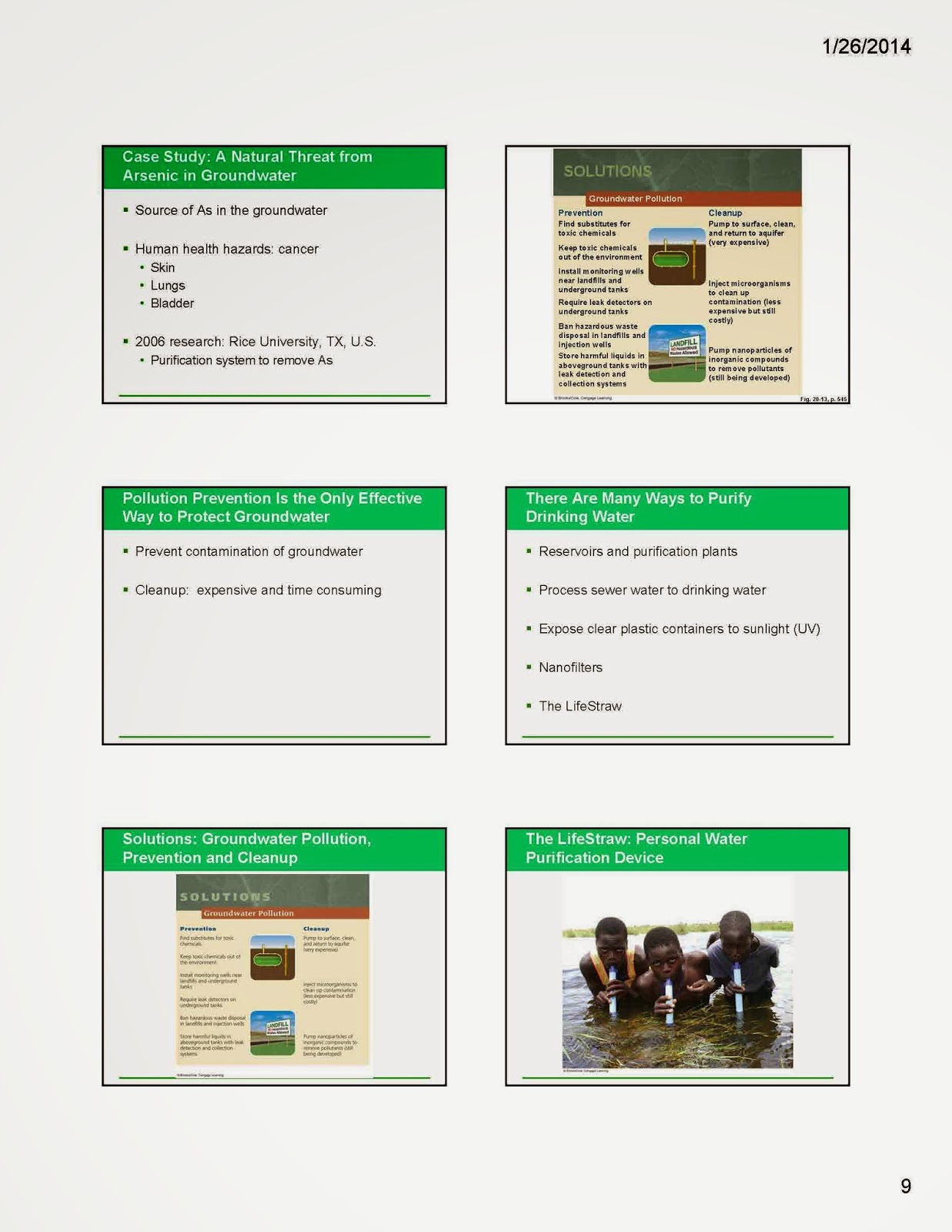When you get to the exam...
ALL IN INK!
- INSTRUCTIONS
- Write your info down (duh)
- Open and move past short answer questions 1&2 to get to the essay questions
- Read part "b" of questions 3,4,&5. These are worth 30 points!
- Whichever one you feel you can get the most points out of, choose
- In the booklet, write the number (3,4 or 5) of the question you chose and answer part "a" first (10 points) and then "b" (30 points). Time yourself and don't take more than 45 minutes!
- Go back to questions 1 & 2 and answers these on the question sheet - do all sections of these! Time yourself and don't take more than 20 minutes per question.
- HINTS
- On the short answer questions (1&2), always look at the amount of points they are worth. The more points, the more detail is needed.
- ALWAYS read the full question and instructions. You don't to miss anything!
- Sometimes you will just need to analyze a graph to get some points. Make sure you decipher the graphic correctly.
- If you have no clue, and it is worth a small amount of points, don't stress. Give it your best shot and move on. Don't spend 5 minutes on 2 points because you're frustrated.
- Give your best answer and best reasoning for all parts. Explain the reasoning behind your thinking. Remember, this is as much about your environmental problem solving skills as it is about your rote knowledge.
- On the essay part - "a" should be around a paragraph. "b" should be around 4 paragraphs.
GOOD LUCK!




































